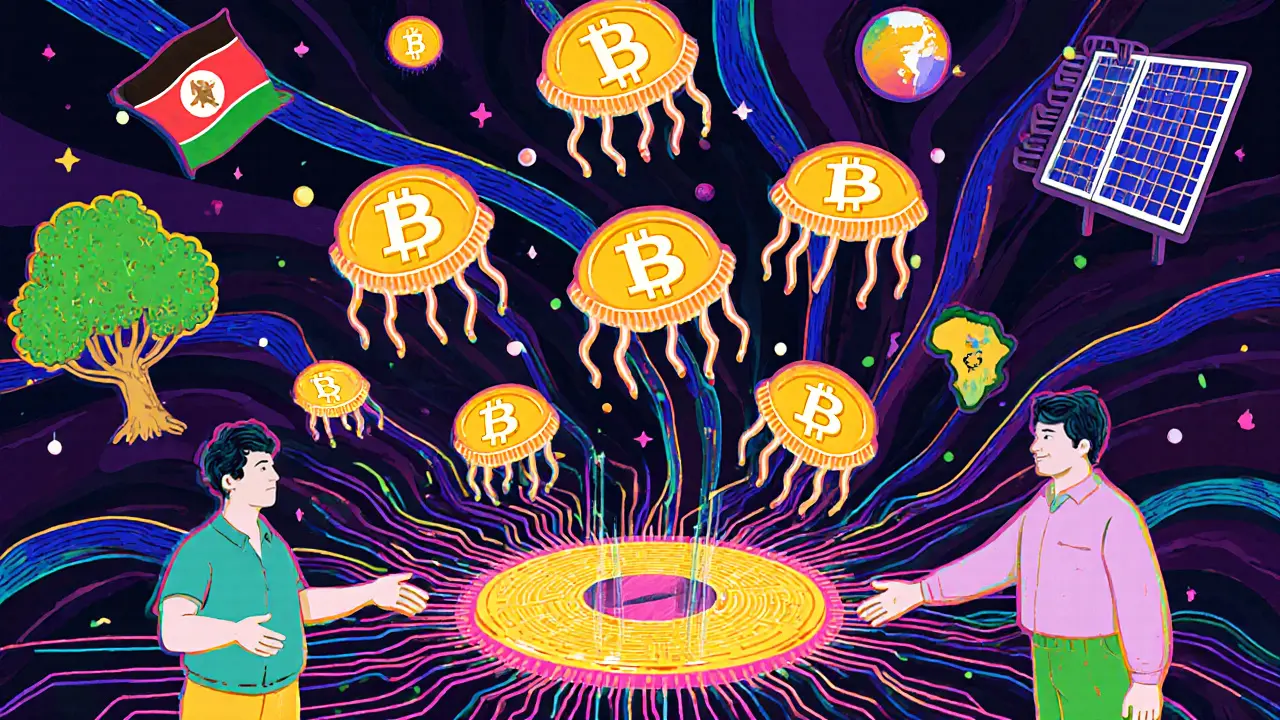Environment & Technology: Blockchain Carbon Credits and Green Innovation
When we talk about Environment & Technology, the intersection of digital innovation and ecological responsibility. Also known as green tech, it’s no longer just about solar panels and electric cars—it’s about rethinking how we track, trade, and verify environmental impact using real-time digital systems. One of the most practical examples is blockchain carbon credits, digital tokens representing verified reductions in greenhouse gas emissions. These aren’t just digital receipts—they’re tradable assets that let companies, governments, and even individuals buy and sell carbon offsets instantly, without middlemen.
Traditional carbon markets were slow, opaque, and full of fraud. A company might claim it offset 10,000 tons of CO2, but proving it? Nearly impossible. carbon credit trading, the process of buying and selling these emission reductions on blockchain changes that. Every credit is recorded on a public ledger, tied to a specific project—like reforestation in Kenya or methane capture in India—and verified by third parties before it’s minted. That means no double-counting, no ghost credits, and no waiting months for paperwork. You can even buy a fraction of a credit now, something that was unheard of before.
This shift is driven by platforms like KlimaDAO, a decentralized finance protocol built to stabilize and scale carbon markets using blockchain. It doesn’t just trade credits—it pools them, stakes them, and uses smart contracts to create incentives for long-term environmental action. Think of it like a savings account for the planet, where holding carbon tokens earns you more of them over time. It’s not science fiction—it’s live, running, and growing in 2025.
What makes this so powerful isn’t the tech alone. It’s how it connects people who care with projects that actually work. A farmer in Colombia can earn income by protecting trees, and a small business in Germany can offset its footprint by buying a few tokens. The money flows directly, transparently, and quickly. No more greenwashing. No more vague promises. Just real data, real impact, and real accountability.
Behind every blockchain carbon credit is a story: a wind farm built, a forest saved, a factory cleaned up. And now, thanks to this new system, those stories are trackable, verifiable, and valuable. Whether you’re an investor, a developer, or just someone who wants to make a difference, understanding how this works gives you real power.
Below, you’ll find a deep dive into how carbon credit trading on blockchain actually functions in 2025—what platforms to watch, what to avoid, and why the quality of the underlying project matters more than the blockchain itself. No fluff. Just what you need to know to cut through the noise.
How Carbon Credit Trading on Blockchain Works in 2025
Carbon credit trading on blockchain turns verified emissions offsets into digital tokens, enabling transparent, instant, and fractional trading. Learn how it works, key platforms, and why quality matters more than tech.
